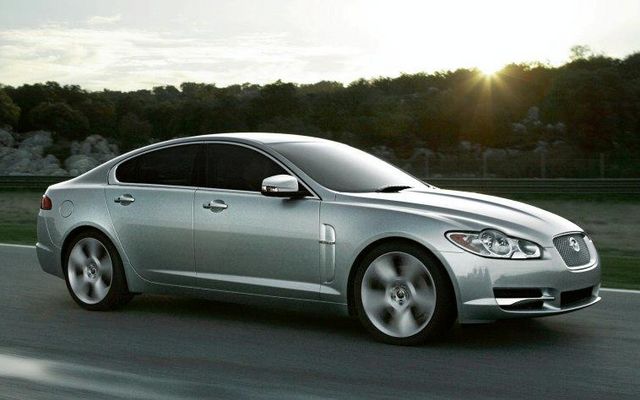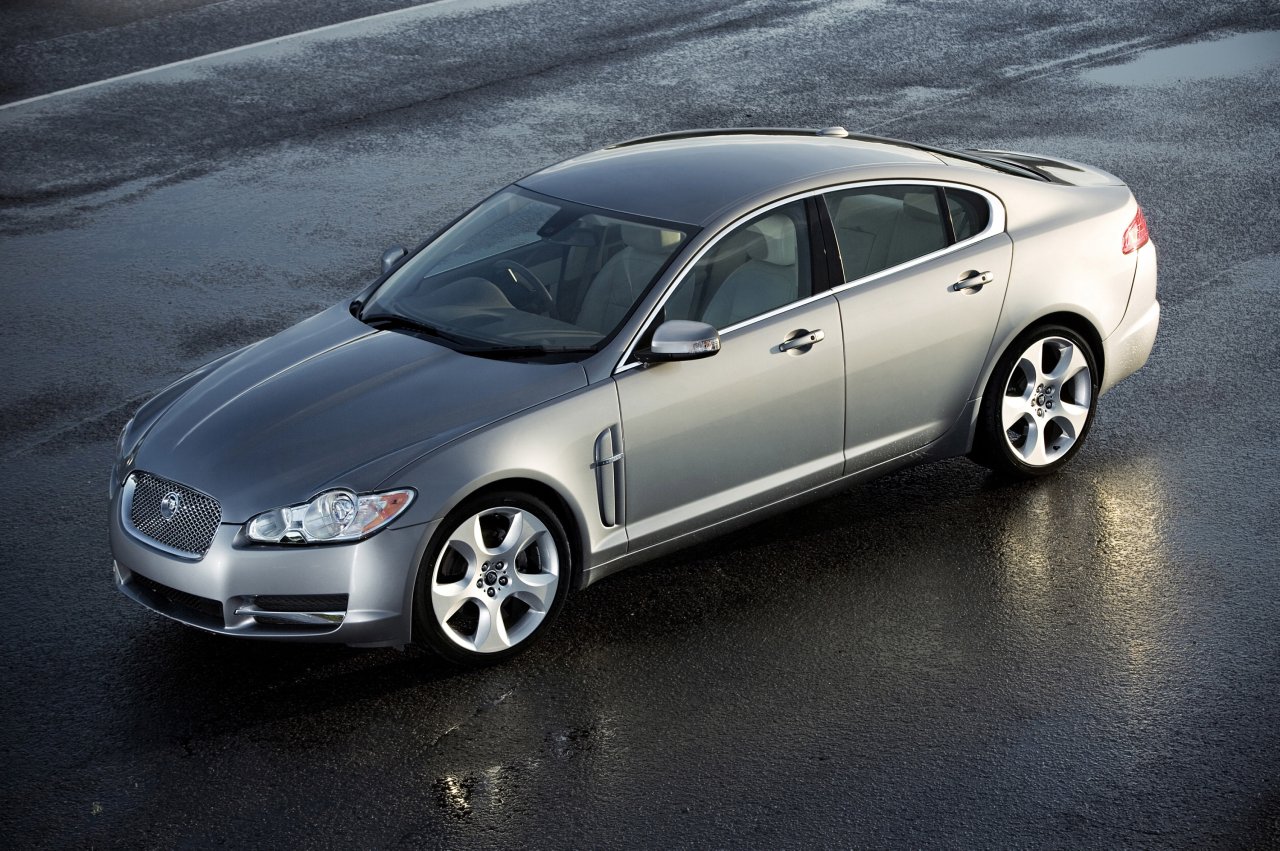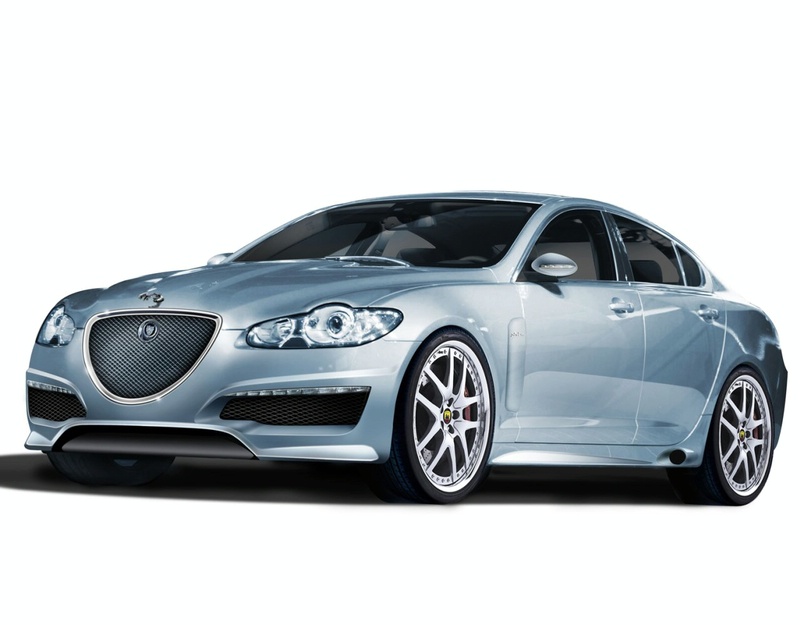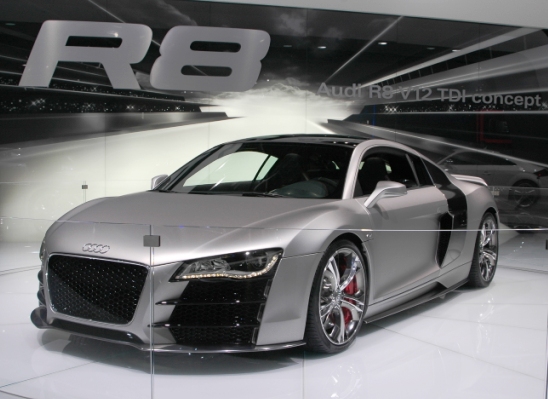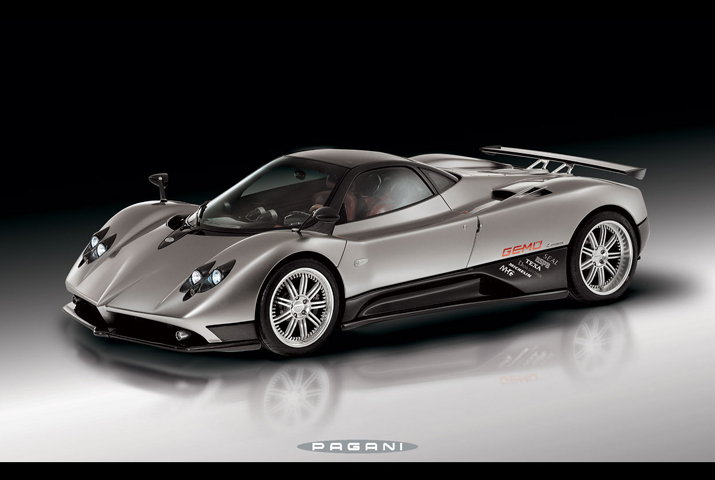Staffa Hydraulic Motors Kawasaki Pictures
CIRCUIT AND APPLICATION NOTES STARTING TORQUES
The starting torques apparent on the
graph on folio 3 are boilerplate and
will alter with arrangement parameters.
LOW SPEED OPERATION
Minimum operating speeds are
determined by amount conditions
(load inertia, drive elasticity, etc.).
For operation at speeds below
20 r/min argue Kawasaki.
HIGH BACK PRESSURE
When both basin and aperture ports are
pressurized continuously, the lower
pressure in one anchorage charge not exceed
70 bar (1000 psi). Argue Kawasaki
on applications above this limit. Note
that aerial aback pressures abate the
effective torque achievement of the motor.
BOOST PRESSURE
When operating as a motor the outlet
pressure should according or beat the
crankcase pressure. If pumping occurs
(i.e. overrunning loads) again a positive
pressure, “P”, is appropriate at the motor
inlet ports. Calculate “P” from:
P (bar) = 1 + N2 + C bar
22 600
P (psi) = 14.5 + N2 + C psi
1560
Where:
N = speed, r/min
C = crankcase pressure
The breeze amount of oil bare for the
make-up arrangement can be estimated
from the crankcase arising figure
(see Volumetric Efficiency blueprint on
page 5). Allowance should be made
for added arrangement losses and additionally for
“fair abrasion and tear” during the life
of the motor, pump and added system components.
COOLING FLOW
Operation aural the connected ratings
does not crave any added cooling.
For operating altitude above
“continuous”, up to the “intermittent”
ratings, added cooling oil may be
required. This can be introduced
through the additional crankcase cesspool hole
or, in appropriate cases, through the valve
spool end cap. Argue Kawasaki about
such applications.
MOTOR CASING PRESSURE
With the accepted shaft allowance fitted,
the motor case burden should
not beat 3,5 bar (50 psi). On
installations with continued cesspool lines
a abatement valve is recommended to
prevent over-pressurizing the seal.
Notes:
1. The case burden at all times charge not
exceed either the motor basin or aperture pressure.
2. Check accession ambit (page 8) for
maximum crankcase cesspool fitting
HYDRAULIC FLUIDS
Dependent on motor (see Model Code
position ) acceptable fluids include:
- Antiwear hydraulic oils
- Phosphate esters (HFD fluids)
- Water glycols (HFC fluids)
- 60/40% water-in-oil emulsions
(HFB fluids)
- 5/95% oil-in-water emulsions
(HFA fluids)
Reduced burden and acceleration limits, see folio 3.
Viscosity banned aback application any fluid
except oil-in-water (5/95%) emulsions
are:
Max. off amount .......... 2000 cSt (9270 SUS)
Max. on amount ................ 150 cSt (695 SUS)
Optimum ........................... 50 cSt (232 SUS)
Minimum ........................... 25 cSt (119 SUS)
PETROLEUM OIL RECOMMENDATIONS
The aqueous should be a acceptable hydraulic
grade, non-detergent petroleum oil. It
should accommodate anti-oxidant, anti-foam
and demulsifying additives. It must
contain antiwear or EP additives.
Automatic manual fluids and
motor oils are not recommended.
TEMPERATURE LIMITS
Ambient min. ......................... –30°C (-22°F)
Ambient max. ....................... +70°C (158°F)
Max. operating temperature range
Petroleum Wateroil
containing
Min. –20°C (–4°F) +10°C (50°F)
Max.* +80°C (175°F) +54°C (130°F)
* To access optimum account activity from both fluid
and hydraulic arrangement apparatus 65°C
(150°F) commonly is the best temperature
except for water-containing fluids.
FILTRATION
Full breeze filtration (open circuit), or full
boost breeze filtration (closed circuit) to
ensure arrangement cleanliness of ISO
4406/1986 cipher 18/14 or cleaner.
NOISE LEVELS
The aerial babble akin is beneath than
66,7 dB(A) DIN (70 dB(A) NFPA)
throughout the “continuous” operating envelope.
Where babble is a analytical factor,
installation resonances can be reduced
by isolating the motor by elastomeric
means from the anatomy and the
return band installation. Potential return
line resonances basic from liquid
borne babble can be added attenuated by accouterment a acknowledgment band aback pressure
of 2 to 5 bar (30 to 70 psi).
POLAR MOMENT OF INERTIA
Typical data: 0,0076 kg m2 (26 lb in2).
MASS
Approx., all models: 40 kg (88 lb).
INSTALLATION DATA GENERAL
Spigot
The motor should be amid by the
mounting bung on a flat, robust
surface application accurately sized bolts. The
diametral approval amid the motor
spigot and the ascent charge not
exceed 0,15 mm (0.006 in). If the
application incurs shock loading,
frequent abandoning or aerial speed
running, again aerial compactness bolts should
be used, including one adapted bolt.
Bolt torque
The recommended torque wrench
settings for the ascent bolts are:
M14 ........... 160 ±21 Nm (116 ±15 lbf ft)
M12 ...................... 97 ±7 Nm (70 ±5 lbf ft)
1/2" UNF ............. 97 ±7 Nm (70 ±5 lbf ft)
Shaft coupling
Where the motor is absolutely accompanying to a
shaft accepting absolute bearings the
shafts charge be accumbent to within
0,10 mm (0.004 in) TIR.






